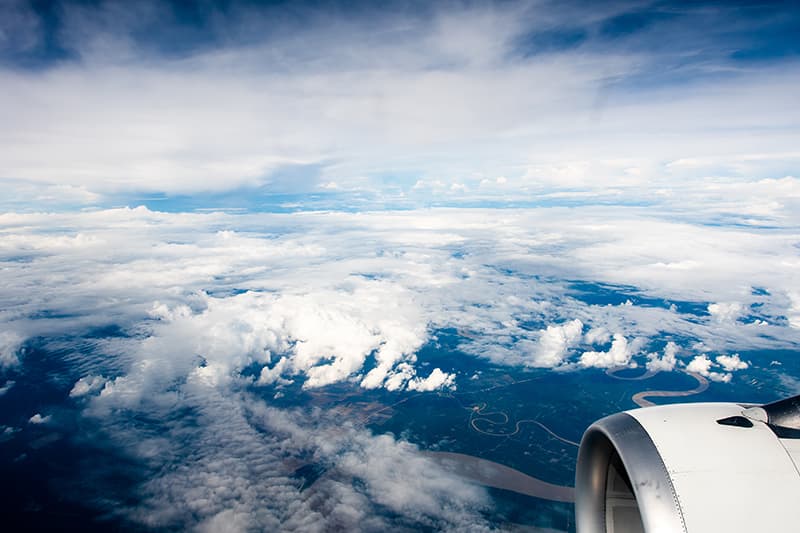A severe turbulence incident that sent 25 people on a Delta Air Lines flight to the hospital this week highlights what experts say is a growing problem fueled by climate change.
The National Weather Service classified turbulence in four categories: light, moderate, severe and extreme. The turbulence that hit the Delta fight bound from Salt Lake City, Utah to Amsterdam, Holland and caused the Airbus A330-900 aircraft to divert to the Minneapolis-St. Paul airport was described by the airline as “significant.” Many of those injured were not wearing seat belts at the time of the incident.
In June, five people on an American Airlines flight from Miami to Raleigh-Durham were injured in another turbulence incident.
Turbulence can be caused by a number of factors, including friction between the air and ground at lower altitudes, irregular airflow over mountains, weather fronts and wind shear. Researchers say that climate change may be increasing the risk of both convective turbulence—associated with clouds and thunderstorms, and often avoidable by aircraft—and “clear air” turbulence, caused by changes in wind direction or speed. The latter is the kind that often takes pilots by surprise.
Ignacio Gallego-Marcos, an expert in computational fluid dynamics and founder of the online flight turbulence forecaster Turbli, told Recommend that isolated events from planes hitting severe turbulence and making headlines cannot be used to determine whether turbulence is on the rise.
“Linking climate change and turbulence requires a quantitative analysis of worldwide datasets over long periods of time,” he says. “Scattered data points of planes hitting severe turbulence do not fulfill this criterion. Moreover, pilots actively avoid severe turbulence, resulting in a biased view of atmospheric turbulence if one were to rely on this input alone to analyze turbulence trends.”
However, “Research indicates that climate change is already increasing atmospheric turbulence,” said Gallego-Marcos.
“One of the main drivers is the [north and south] poles warming faster than the rest of the Earth, something that makes jet stream activity weaker since jet streams are driven by the temperature difference between the equator and the poles,” he says. “This might seem contradictory: If jet streams are weaker, shouldn’t they create less turbulence? Actually, a weaker jet stream means that it will oscillate more, and it’s in those oscillations where higher velocity gradients are formed, and therefore higher turbulence is produced.”
Warming in the lower atmosphere also may increase turbulence by increasing the difference in air temperature between the troposphere and stratosphere, Gallego-Marcos adds.
You May Also Be Interested In…
DOT Clears JetBlue–United Pact: Blue Sky Partnership Moves Forward
Western Sydney Airport and Australia’s first Waldorf Astoria Opening in 2026












